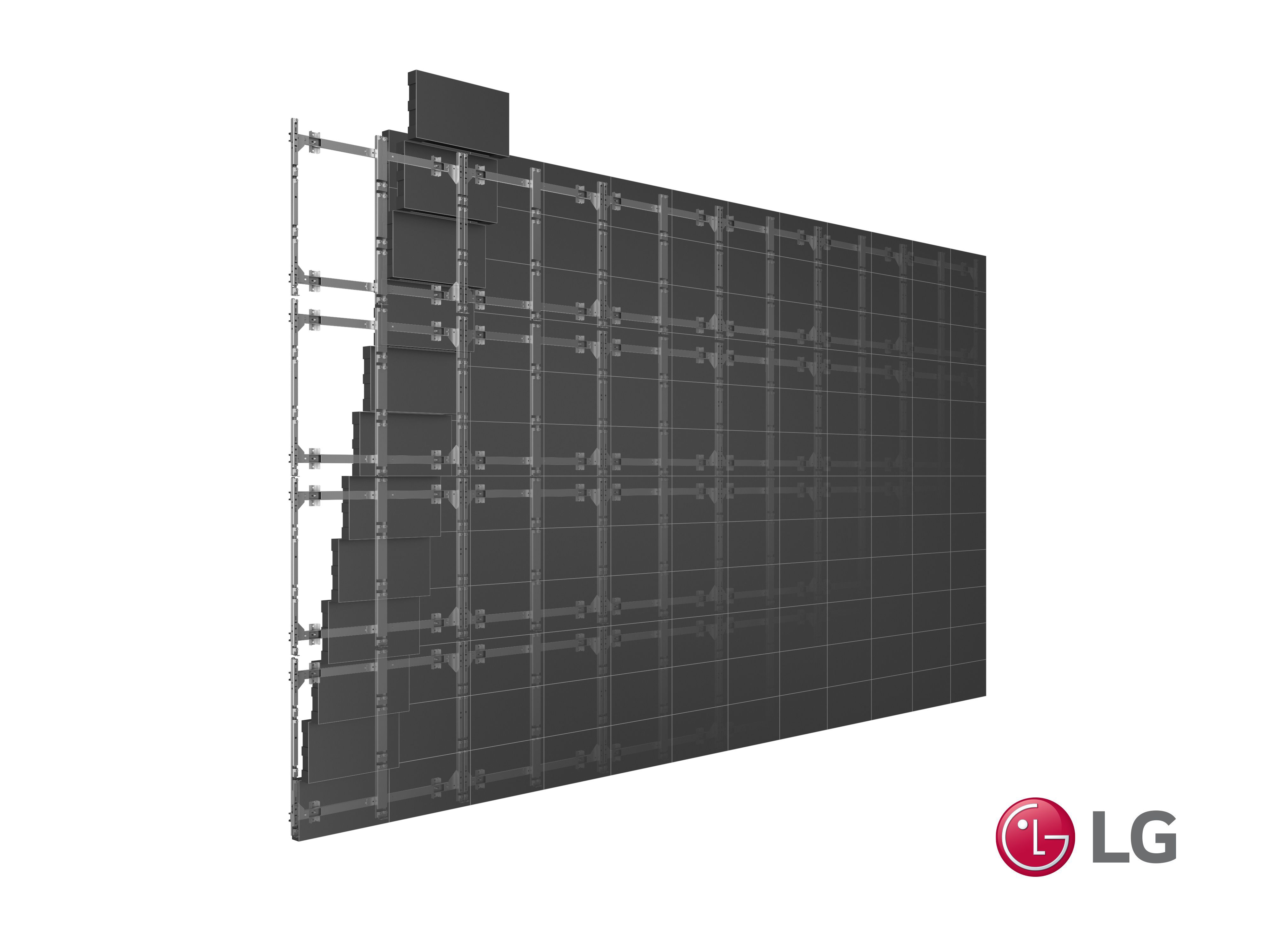A Thorough Method to Diagnosing and Addressing Electrical Supply Problems
A Thorough Method to Diagnosing and Addressing Electrical Supply Problems
Blog Article
Energy source concerns can be a significant problem for both homes and companies. When electric appliances stop working or behave erratically, the initial step is to identify the root of the problem. This involves understanding the basics of electricity and how energy supplies function. A energy source device (PSU) converts electric power from an socket into usable power for devices like computers, televisions, and appliances. If a gadget is not functioning, it may be due to a malfunction in the power source itself, a fault with the appliance, or an error with the electrical socket.
The first step in troubleshooting power source problems is to check if the problem is restricted to a specific device or influences multiple devices. If only one device is not working, it is likely that the power supply for that specific appliance has broken. In this case, inspecting the power cable and connections is crucial. Unstable or damaged cables can disrupt the current of electricity, resulting to malfunction. If everything seems to be in good condition, testing the appliance with a alternate power supply or socket can help ascertain if the issue lies within the appliance itself.
If many devices are experiencing power issues, the issue may be connected to the electric socket or the energy source from the plug. In this situation, inspecting the circuit is a critical check step. Circuit breakers are designed to protect electrical circuits from overcurrents or faulty circuits by cutting off the current of power when needed. If a breaker has failed, restarting it may fix the problem. However, if it trips again, it indicates a more serious problem, potentially requiring the assistance of a professional technician.
Another frequent problem connected to energy supply is electricity variations. Appliances need a consistent current to operate correctly. If the voltage is too high or too low, it can lead to appliances to fail or even get hurt. Using a multimeter to measure the current at the outlet can help identify if there are variances in power. If electricity irregularities are present, it may be necessary to install voltage stabilizers or power protectors to protect valuable devices from damage.
In summary, diagnosing and resolving energy source problems requires a systematic approach. By verifying single appliances, examining connections, examining breaker devices, and checking voltage, individuals can identify the source of the issue. When in doubt, particularly when working with electric systems, seeking help from certified experts is always recommended. Addressing power source problems promptly can avert further damage and ensure that appliances function effectively. Understanding these basic principles can enable individuals to take charge of their electric networks and ensure a safe environment.